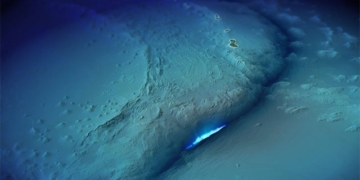Over 300 million years ago, before the era of giant dinosaurs, Earth was home to enormous insects.
The Carboniferous Period is one of the most transformative eras in Earth’s history. Vast landmasses were beginning to form the supercontinent Pangaea. Expansive wetlands and warm, humid forests dominated the landscape. And giant insects were not the only colossal creatures roaming the planet. There were many marine life forms as well, including the first shark-like species and a gigantic amphibian.
Now, the first thing you might notice would be the giant insect-like creatures. One of the most iconic is the Meganeura. This insect resembles modern dragonflies, except for one significant difference: it had a wingspan of up to 75 cm. Even more frightening, it was a predator, hunting smaller insects and amphibians.
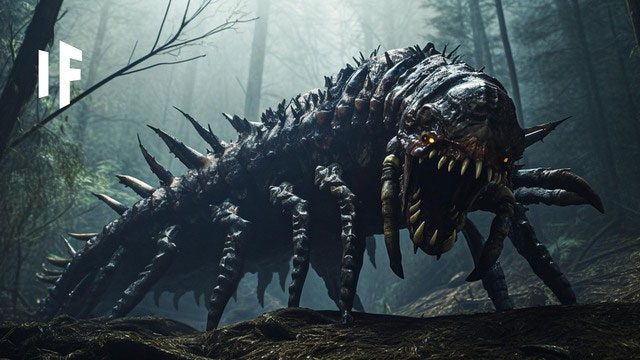
In the ancient history of our planet, there was a time when Earth was home to some of the most amazing creatures you can imagine. This was the age of giant insects, when dragonflies had wingspans like eagles and millipedes were longer than human arms. Comparing giant insects from the past with modern insects reveals astonishing changes in Earth’s ecosystems over millions of years.
Another fearsome insect species was the Pulmonoscorpius. This giant scorpion primarily wandered the swampy areas of Earth, reaching lengths of up to 70 cm. There were also giant cockroaches measuring up to 10 cm long and mayflies with wingspans of 45 cm.
So, it can be said that there was much to notice when wandering the Earth during this period. But the question arises: how did these insects grow so large?
Research has estimated that the oxygen concentration in the atmosphere was as high as 35% during this time. Oxygen was one of the key factors contributing to the phenomenon of gigantism in insects at that time. But why did this lead to their enormous size?
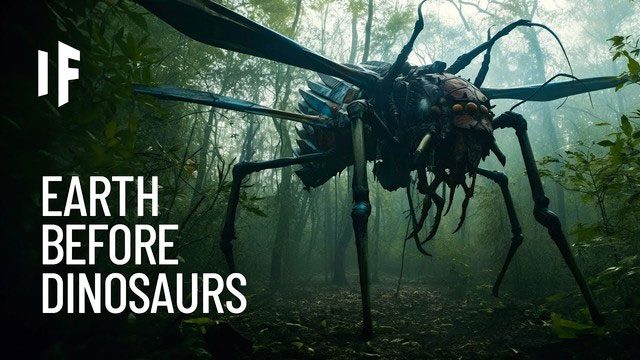
The Carboniferous period, approximately 359 to 299 million years ago, presented a world very different from what we know today, with lush forests and much higher atmospheric oxygen levels, making it an ideal place for giant insects to thrive. These giant insects are evidence of the incredible diversity and adaptation that life on Earth has undergone throughout its history.
Insects breathe differently from other organisms. Insects do not have a circulatory system to transport oxygen; instead, it is delivered directly to their tissues through a network of tiny tubes called tracheae. The higher the oxygen levels in the atmosphere, the larger these insects could grow. However, there may be more reasons behind the development of insects to such sizes. Another hypothesis suggests that these insects were forced to grow excessively large due to oxygen toxicity.
Excessive oxygen in the body can produce what are known as “free radicals”. These are unstable molecules that can damage cells and even harm your DNA. In the case of insects, they had to develop to gigantic sizes to avoid oxygen poisoning.
Growing larger would slow the absorption rate of oxygen. For humans, living in an environment with such high oxygen concentrations would lead to nausea, respiratory issues, and even some neurological effects.
Scientists believe that high oxygen concentrations, the absence of large vertebrate predators, and evolutionary adaptations all contributed to the gigantism of insects during this time.
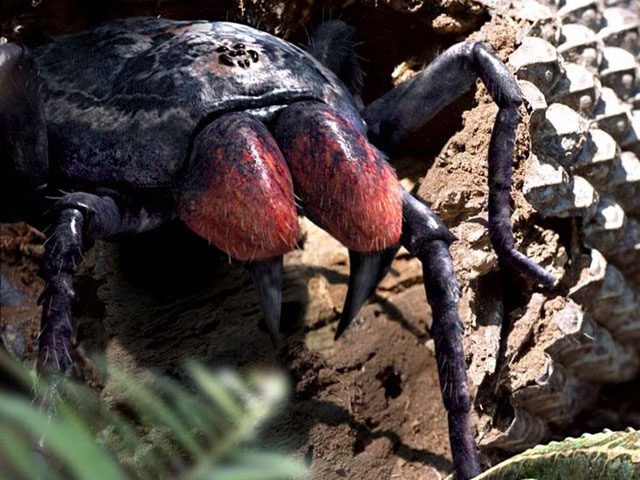
During the Carboniferous period, oxygen levels were about 35% higher than today. This abundant oxygen was crucial in supporting the giant sizes of insects, as it allowed them to efficiently supply oxygen to their bodies. Fossil remains of these giant insects have been discovered in many places around the world, providing valuable insights into Earth’s ancient past.
The forests of the Carboniferous were dominated by towering plant species resembling ferns and horsetails. These plants provided abundant food for the giant insects and contributed to the overall biodiversity of the era.
As Earth’s climate and vegetation changed, and as larger vertebrate predators evolved, the age of giant insects gradually came to an end. Smaller, more agile insects eventually took over.
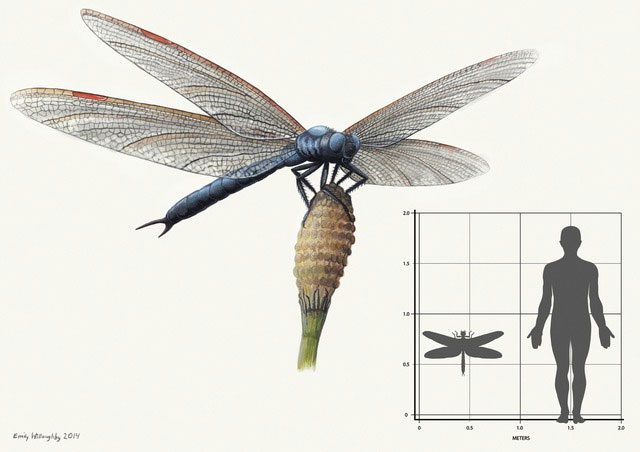
One of the most iconic creatures of this era is Meganeura, a dragonfly with a wingspan of up to 2.5 feet (76 cm).
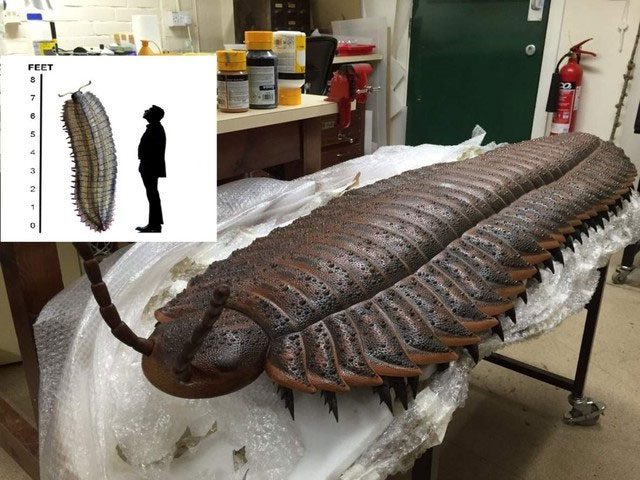
Giant Millipede Arthropleura, a giant centipede, can reach lengths of over 2 meters. Despite their frightening size, they are herbivores and pose no threat to humans.
















































